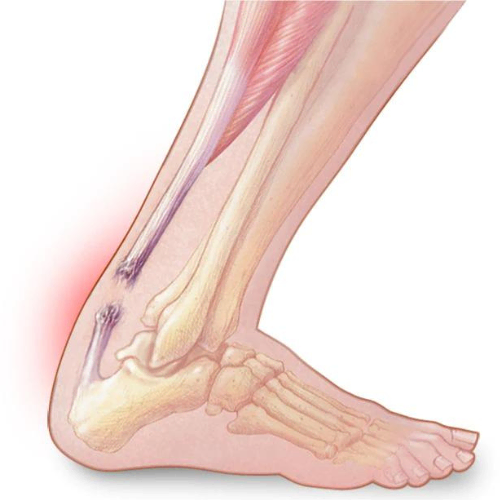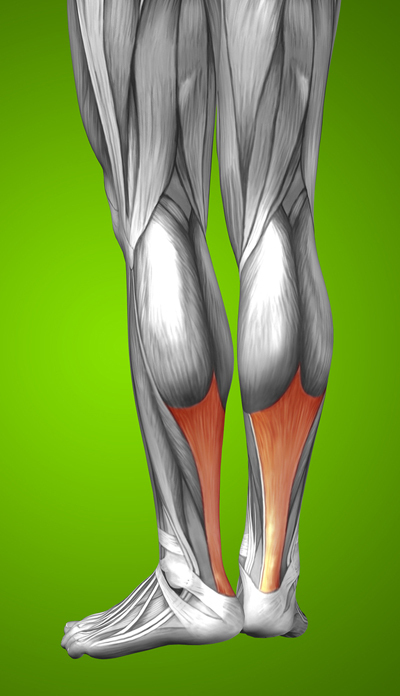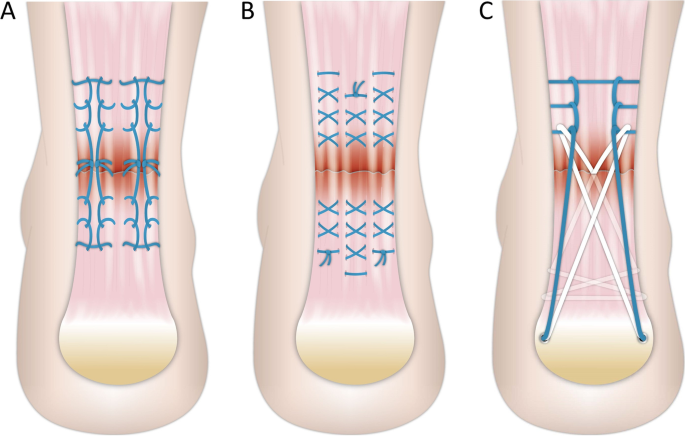Achilles tendon repair or reconstruction is a surgical procedure designed to address injuries to the Achilles tendon, the large tendon at the back of the ankle connecting the calf muscles to the heel bone. This procedure aims to restore the strength, function, and stability of the Achilles tendon after injuries such as ruptures or chronic degeneration.

Understanding Achilles Tendon Injuries:
The Achilles tendon is vital for activities involving ankle movement, such as walking, running, and jumping. Injuries to this tendon can occur due to sudden trauma, overuse, or degeneration over time. Achilles tendon injuries are often characterized by pain, swelling, and difficulty walking, and can range from partial tears to complete ruptures.

Surgical Options:
The choice between Achilles tendon repair and reconstruction depends on the extent of the injury and the patient's individual circumstances. There are two primary surgical approaches:
-
Achilles Tendon Repair: In cases of partial tears or acute complete ruptures, a direct repair is performed. The surgeon sutures the torn ends of the tendon back together, allowing them to heal and reattach.
-
Achilles Tendon Reconstruction: For more severe injuries or cases where the tendon ends cannot be sutured together, a reconstruction may be necessary. This involves using a graft from another tendon, often from the patient's own body or a donor, to bridge the gap and create a new connection.
The Procedure:
Achilles tendon repair or reconstruction is typically conducted under regional or general anesthesia. The surgeon makes an incision near the damaged area of the tendon. In the case of repair, the torn ends are sutured back together. In reconstruction, the graft is secured in place using sutures or other fixation methods.

Recovery and Rehabilitation:
Following surgery, a period of immobilization is necessary to allow the tendon to heal. This may involve wearing a cast, boot, or brace. Subsequently, a structured rehabilitation program is crucial for restoring range of motion, strength, and function. Physical therapy gradually introduces exercises to strengthen the calf muscles and improve ankle flexibility. The duration of rehabilitation can vary based on the surgical technique and the patient's progress.
Benefits and Long-Term outcome:
Achilles tendon repair or reconstruction aims to alleviate pain, restore ankle function, and enable patients to return to their daily activities, sports, and hobbies. Successful surgery and dedicated rehabilitation can significantly reduce the risk of re-injury and enhance overall mobility.
Preventing Future Injuries:
To reduce the risk of future Achilles tendon injuries, it's important to follow proper warm-up and stretching routines before physical activities. Gradually increasing intensity and avoiding sudden changes in training intensity can also help prevent overuse injuries.
In conclusion, Achilles tendon repair or reconstruction is a surgical solution for addressing injuries to this critical tendon. Whether through direct repair or reconstruction with grafts, this procedure aims to restore ankle strength and function, enabling individuals to regain their mobility and quality of life. If you're considering Achilles tendon surgery, consult Dr. Fahad to determine the most appropriate treatment plan for your specific condition.


